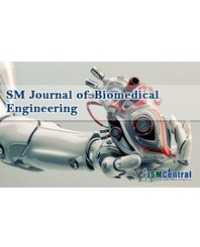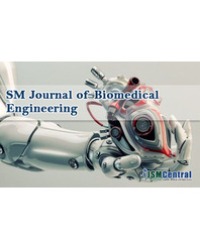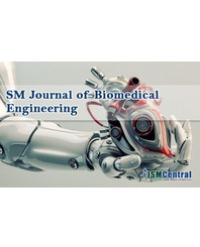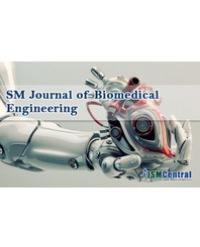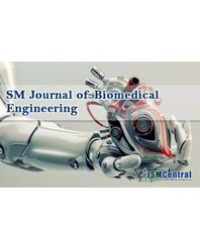
Non-Linear Energy Harvesting Due to Large Amplitude Vibrations of Coupled Impacting Piezoelectric Cantilever Beams
This paper investigates the mechanical behaviour of a system consisting of two coupled impacting unimorph piezoelectric cantilever beams, where the whole system is subjected to a harmonic base excitation, for energy harvesting. The system is modelled as in-extensional beams with Euler-Bernoulli beam theory. The curvature term is assumed to be nonlinear due to large amplitude vibrations. The governing equations of motion are derived using the Euler-Lagrange equations. The reduced-order model equations (ROMs) are obtained based on the Galerkin method. A parametric study is performed to reveal the influence of different parameters such as clearance between beams, coupling spring constant, damping ratio and external resistance load on the scavenged power from the nonlinear energy harvester. It is shown that the power generated by the coupled impact system due to nonlinear vibrations is sensitive to the thickness ratio of the beams and piezoelectric layers, and the clearance between the beams. In addition, the effect of the external resistance load on the average power is discussed for three types of systems: 1) a system which consists of two beams without impact, 2) a system which consists of two beams with impact, and 3) a system which consists of a single beam. The optimum value of the resistance load is obtained for each system, and it is shown that higher power is harvested by a system consisting of two beams with impact than other two systems.
Peyman Firoozy¹*

